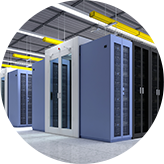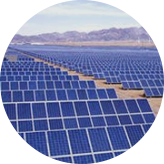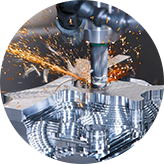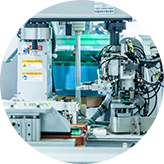PRODUCTS
We are a professional manufacture for cooling fan, radiator, filter, reactor etc. and also the chief agent of SANYO DENKI. We are your professional cooling systems supplier.
ABOUT US
Company Profile
Capital Technology Co., Limited is the chief agent of SANYO DENKI, one of the leading enterprises of the cooling fan industry. We are a factory who also have our own independent brand CAPITAL product series. The main products are cooling fan, DC/AC fan, radiator, filter, reactor etc.
Adhering SANYO DENKI nearly a hundred years brand value and the pursuit of quality, and based on CAPITAL more than ten years of professional experience in cooling solution, we now have professional manufacturing capacity with a group of engineers who with many years of cooling products work experience are CAPITAL advantage.

NEWS
Fan type selection: In addition to centrifugal fans, other factors need to be considered
Is it better to use DC or AC for the cooling fan of the communication cabinet
Knowledge of Industrial Cooling Fans
How to adjust the continuous rotation of the SanAce 6025 cooling fan
Selection of cooling fan: Do CPU fans come with PWM?
How to better dissipate heat from the device with a cooling fan
Copyright©2020 Capital Technology Co., Limited.













